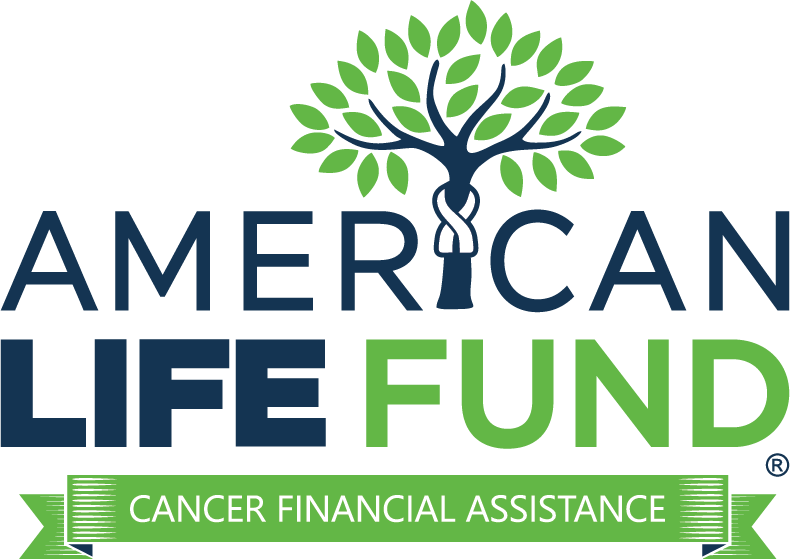A life insurance policy is designed to provide financial support to beneficiaries after the policyholder’s death, but in some cases, funds may be available earlier. Accelerated death benefits (ADB) allow individuals to access a portion of their policy’s death benefit early if they have a terminal or chronic illness. This option can provide immediate financial assistance to help cover medical expenses, hospice care, or long-term care services.
Accelerated benefits are often included as a rider in many life insurance contracts and are typically tax-free, though there may be eligibility requirements set by the insurance company. To qualify, a policyholder usually needs to have a life expectancy of 12 to 24 months or meet specific qualifying conditions, such as being unable to perform daily living activities without assistance.
While accelerated benefits can help with financial relief, they are not the only option. Accessing these funds reduces the remaining death benefit available to beneficiaries, which may not be the best solution for every policyholder. Understanding alternative financial solutions, such as viatical settlements, life settlements, and long-term care insurance, can help individuals make an informed decision about their financial needs.
What Are Accelerated Death Benefits?
A life insurance policy is designed to provide financial protection for beneficiaries after the policyholder’s death, but in certain situations, funds may be accessed earlier through accelerated death benefits (ADB).
How Accelerated Death Benefits Work
Many insurance companies offer accelerated benefit riders, allowing policyholders to access a portion of their policy’s death benefit early if they have a terminal or chronic illness. This option provides immediate financial assistance for medical expenses, hospice care, or long-term care services while the policyholder is still alive.
- The amount available typically ranges from 25% to 100% of the death benefit.
- The remaining death benefit is paid to beneficiaries after the policyholder’s death.
- Funds are typically tax-free, but policyholders should consult a tax advisor to understand any tax implications.
Who Qualifies for Accelerated Death Benefits?
To access accelerated benefits, policyholders must meet certain eligibility requirements, which vary by insurer. Common qualifying conditions include:
- Terminal illness: Life expectancy of 12 to 24 months or less.
- Chronic illness: Inability to perform at least two activities of daily living (ADLs) without assistance, such as bathing or dressing.
- Severe cognitive impairment: Conditions like Alzheimer’s disease that require full-time care.
Some life insurance contracts automatically include accelerated benefits, while others require adding a rider for an extra cost.
Considerations Before Using Accelerated Death Benefits
While ADBs can provide much-needed financial relief, they also have potential downsides:
- Accessing funds reduces the remaining death benefit, leaving less for beneficiaries.
- Some government benefits, like Medicaid, may be affected.
- There may be limits on the maximum benefit that can be withdrawn.
Because of these factors, some policyholders look for alternative ways to access funds without reducing their life insurance benefits.
Alternatives to Accelerated Death Benefits
While accelerated death benefits can provide early access to a life insurance policy’s death benefit, they are not the only option. Policyholders looking for financial relief may consider other ways to access funds while still alive. Below are some of the most common alternatives.
Viatical Settlements
A viatical settlement allows a seriously ill policyholder to sell their life insurance policy to a third-party company in exchange for a lump sum payment. This option provides immediate financial assistance and can be used for medical expenses, long-term care, or other financial needs.
Pros:
- Provides more cash than the policy’s cash value.
- No restrictions on how the funds can be used.
- Typically tax-free for individuals with a life threatening illness.
Selling a Life Insurance Policy for a Lump Sum
For those who do not qualify for a viatical settlement, a life settlement may be an option. This allows a policy owner to sell their life insurance contract to an investor in exchange for a lump sum, typically more than the cash value but less than the death benefit.
Pros:
- Provides a higher payout than surrendering the policy.
- Can be used for any financial need.
- Available to policyholders who are not facing a life threatening illness.
Cons:
- The insured must be 75 years of age or older in order to qualify
- May be subject to tax implications.
- The policyholder’s beneficiaries will not receive the death benefit.
- Some insurance companies have restrictions on policy transfers.
Combination Life Insurance and Long-Term Care Policies
Some life insurance policies include long-term care benefits, allowing policyholders to use a portion of the death benefit early to cover assisted living facility costs, nursing home care, or in-home care services.
Pros:
- Provides both life insurance benefits and long-term care coverage.
- Can help cover daily living expenses for those needing extended care.
Cons:
- Policies with this option tend to have higher insurance premiums.
- Using benefits for long-term care reduces the remaining death benefit.
Short-Term Care Insurance
For those who do not need long-term care, short-term care insurance provides coverage for medical bills, rehabilitation, and nursing home stays for a limited time, usually one year or less.
Pros:
- No long waiting period to access benefits.
- Covers medical expenses not paid by traditional health insurance.
Cons:
- Limited coverage period.
- Does not replace the need for long-term care services.
Annuities for Guaranteed Income
An annuity is a contract with an insurance company that provides monthly payments for a set period or for life. Some policyholders use annuities to cover long-term care costs or supplement lost income due to a serious illness.
Pros:
- Provides a steady source of income.
- Can help cover long-term care or medical needs.
Cons:
- May have complex tax implications.
- Typically requires a large upfront payment.
Important Financial Considerations
When deciding between accelerated death benefits and alternative options, it’s important to consider tax implications, government benefits, and long-term financial stability. Making the right choice depends on your health status, financial goals, and eligibility requirements.
Tax Implications
Many insurance companies offer accelerated benefit riders that provide access to a portion of a life insurance policy’s death benefit early. In most cases, these benefits are tax-free if the policyholder is terminally ill or meets qualifying conditions for chronic illness. However, funds received from life settlements or certain annuities may be subject to taxation. Consulting a tax advisor can help policyholders understand any potential tax liabilities.
Impact on Government Benefits
Receiving a lump sum payment through an accelerated death benefit, viatical settlement, or life settlement may impact eligibility for Medicaid, Supplemental Security Income (SSI), or other government benefits. Because these programs have strict income and asset limits, accessing cash from a life insurance policy could reduce or eliminate certain benefits.
Making a Financially Sound Decision
While accessing funds from a life insurance policy can provide immediate financial assistance, it’s important to evaluate long-term financial needs. Some policyholders may prioritize paying medical expenses or covering daily living costs, while others may want to preserve their remaining death benefit for beneficiaries. Weighing the advantages and trade-offs of each option can help guarantee financial security while meeting both short-term and long-term needs.
Choosing the Right Option
Deciding how to access funds from a life insurance policy depends on individual financial needs, health status, and long-term goals. While accelerated death benefits provide a straightforward way to access a portion of the death benefit early, other options like viatical settlements, life settlements, and annuities may offer more flexibility or higher payouts.
Factors to Consider
When weighing your options, consider the following:
- Eligibility Requirements – Some alternatives, such as accelerated benefits, require the insured to have a life expectancy of 12-24 months, , while viatical settlements and life settlements are available to a broader range of policyholders.
- Financial Needs – If immediate funds are needed for medical expenses, long-term care, or daily living costs, a lump sum payment from a viatical or life settlement may be more beneficial.
- Impact on Beneficiaries – Using an accelerated death benefit or selling a policy reduces the remaining death benefit left to heirs.
- Tax and Government Benefits – Certain options may have tax implications or affect eligibility for Medicaid and other assistance programs.
Seeking Professional Guidance
Since each financial option has advantages and trade-offs, consulting with a financial planner, tax professional, or life settlement and viatical settlement specialists like American Life Fund can help determine the best approach based on your specific situation. Understanding the fine print in your insurance policy contract is also necessary to avoid unexpected restrictions or fees.
Making an informed choice ensures that policyholders can access the funds they need while protecting their financial security and long-term well-being.
Finding the Right Financial Solution for Your Needs
Choosing the best way to access funds from a life insurance policy is a major financial decision. While accelerated death benefits provide a way to access a portion of the policy’s death benefit early, other options like viatical settlements, life settlements, and long-term care policies may offer greater financial flexibility. Each option comes with unique eligibility requirements, tax considerations, and long-term financial impacts, making it essential to weigh the benefits and trade-offs carefully.
If you or a loved one are considering your options, American Life Fund can help. Our team specializes in viatical settlements, offering a way for individuals with a serious illness to receive a lump sum payment in exchange for their life insurance policy. This option can provide immediate financial assistance to cover medical expenses, long-term care, or other financial needs.
See If You Qualify for a Viatical Settlement Today
If you’re exploring alternatives to accelerated death benefits, we’re here to guide you.
- Learn how a viatical settlement can provide financial relief
- Discover how much your life insurance policy may be worth
- Get expert assistance in determining eligibility
Have questions? Contact us to speak with a viatical settlement specialist and explore your options.





